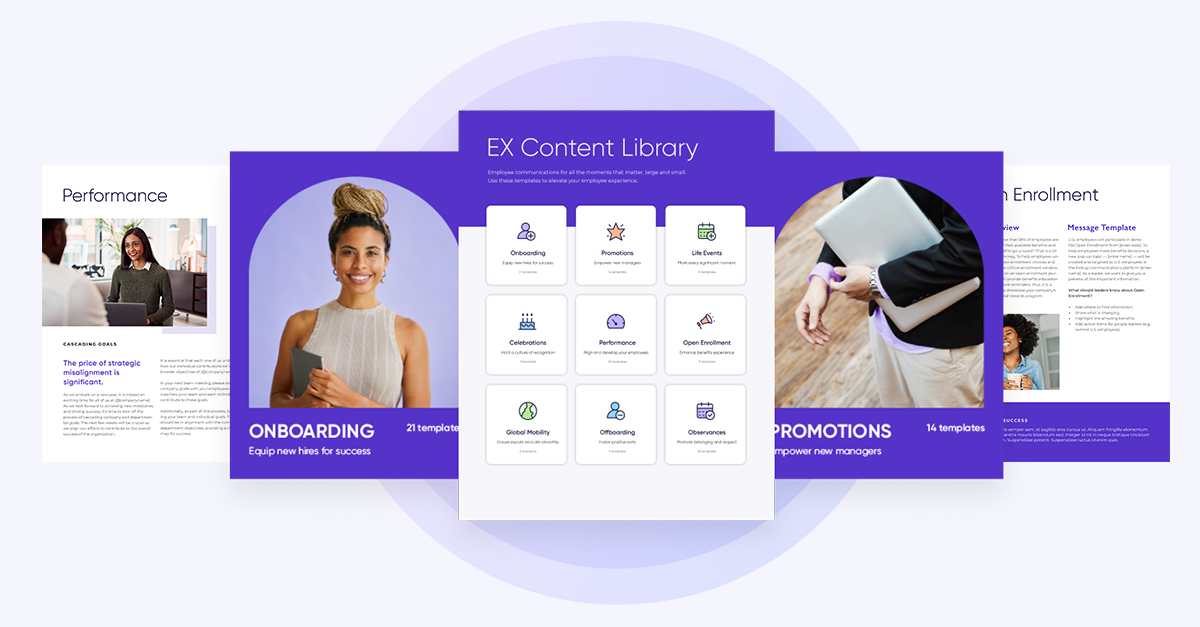These days it can often feel like the term ‘business as usual’ is a thing of the past. Barely a day goes by when there isn’t a breaking news story that sets nerves on edge.
Against this backdrop of constant bombardment, internal communications has never been more critical. There is a perpetual need for internal communications teams to be looking at what is happening within businesses, industry, and the wider world, and assessing how to engage with employees when necessary.
When it comes to employee wellbeing, this preparedness is essential. In times of stress, it is imperative that communications are clear, calm, and well-managed – and that can only be achieved by having a well-thought-out plan in the background.
Preparation is key
While this sounds very simple, in practice it can be difficult to carve out the time to consider and prepare for the innumerable ‘what ifs’. However, a robust internal communications plan will make the difference between chaos and calm, as and when events do occur.
An essential part of this planning process means ensuring your business has the tools in place to allow communications to be quickly sent out to all staff.
At the recent Simply IC conference, I took part in a session with Jodie Promod, Head of Communications at Grant Thornton UK LLP. Jodie described how the fact that Grant Thornton already had the tools and processes in place to communicate with all staff quickly and easily via a text message to their mobile phones was integral in managing their transition to remote working when the UK entered the first Covid19 pandemic lockdown.
She also spoke about how, with the move away from the traditional 9-5 office working model, the ability to have a true 360-degree approach to communications has become even more important. With staff not necessarily in the office as much as they once were, some of the more traditional communications methods (such as posters or digital signage) may not reach the same audience that they once did, and there is, therefore, a need to adopt a cohesive approach across all tools to really keep people informed and connected.
A visible leader
Leadership visibility is always important, but never more so than in times of crisis. Employees will look to their leaders for reassurance and guidance, and it is essential that leaders feel both empowered and able to easily communicate with their workforce in an authentic manner.
These messages do not always have to be strategic and high-level – a short but regular catch-up message is just as valuable when it comes to keeping employees engaged and connected.
Here it is also critical that internal communications teams take a strong role in guiding that leadership communication.
Checking in
Living in a state of constant uncertainty can also take its toll on employees’ mental health, and while things are settling into a new normal post-pandemic, the continued events around the world remain a source of anxiety for many. Regular check-ins across an organization to take the pulse of its people are essential in maintaining a happy workforce that feels valued. Well-thought-out internal communications with people at the heart of its strategy, supported by the right tools with which to engage, monitor, and report, are integral to these health checks.
Of course, one of the most important measures of communications effectiveness is whether it is accessed and acted upon. Using tools and having reference points to deliver this level of insight will not only enable future engagement strategies to be further refined and targeted, but the ability to provide solid evidence of communications delivery is also hugely valuable when it comes to building that all-important trust between leadership and internal communications teams.







